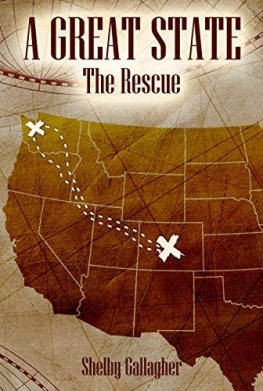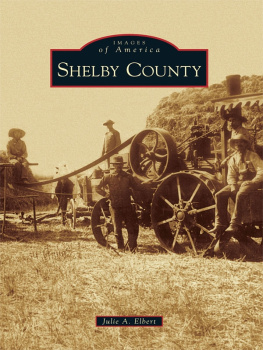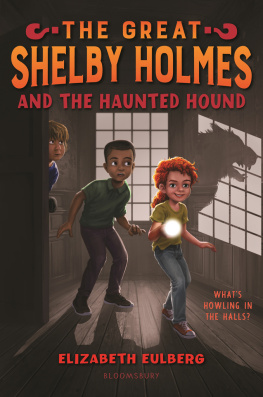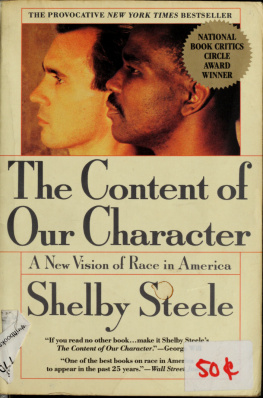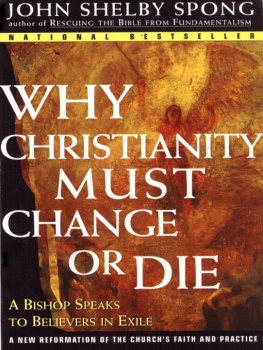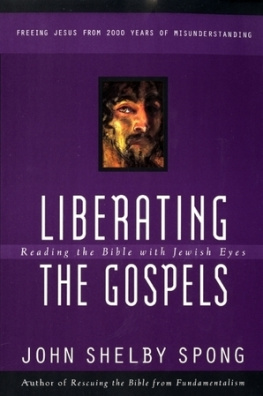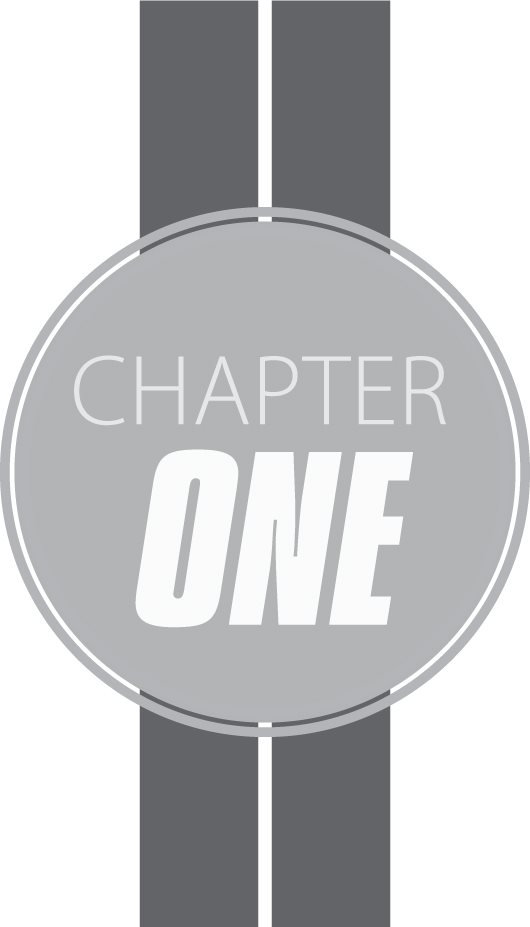Inside Shelby American
Wrenching and Racing with
Carroll Shelby in the 1960s
John Morton

Dedication
To Sylvia Wilkinson, whose invaluable help and experience made it possible for me to write this book. I hope this is my last one and so does she.
To my brother Lyman, who drove as well as I did and writes much better.
To Peter Brock and George Boskoff, both of whom had more faith in me than I had in myself.
To the memories of my best friends: Dan Baker, Johnny Opitz, and Earl Jones.
Acknowledgments
Thanks to all of the photographers and friends
who helped bring this story to life. Thanks also to Steve
Johnson for bringing old photos back to life.
A special thanks to Louis D. Rubin Jr.
for his insight, to Ted Sutton for his recollections, and to
Buck Trippel for his research.
First published in 2013 by Motorbooks, an imprint of MBI Publishing Company, 400 First Avenue North, Suite 400, Minneapolis, MN 55401 USA
2013 Motorbooks
Text 2013 John Morton
All rights reserved. With the exception of quoting brief passages for the purposes of review, no part of this publication may be reproduced without prior written permission from the Publisher.
The information in this book is true and complete to the best of our knowledge. All recommendations are made without any guarantee on the part of the author or Publisher, who also disclaims any liability incurred in connection with the use of this data or specific details.
We recognize, further, that some words, model names, and designations mentioned herein are the property of the trademark holder. We use them for identification purposes only. This is not an official publication.
Motorbooks titles are also available at discounts in bulk quantity for industrial or sales-promotional use. For details, write to Special Sales Manager at MBI Publishing Company, 400 First Avenue North, Suite 400, Minneapolis, MN 55401 USA.
To find out more about our books, visit us online at www.motorbooks.com.
Digital Edition: 978-1-62788-082-4
Softcover Edition: 978-0-76034-394-4
Library of Congress Cataloging-in-Publication Data
Morton, John, 1942- author.
Inside Shelby American : wrenching and racing with Carroll Shelby in the 1960s / John Morton.
pages cm
Includes index.
Summary: An account of sports-car builder and racing team Shelby-American through the eyes of John Morton, who worked his way up from shop janitor to team driver to launch a racing career spanning forty years-Provided by publisher.
ISBN 978-0-7603-4394-4 (hardcover with jacket)
1. Morton, John, 1942- 2. Shelby, Carroll, 1923-2012. 3. Shelby American, Inc.--History. 4. Automobile racing drivers--United States--Biography. 5. Automobiles, Racing--United States--History. I. Title.
GV1032.M57A3 2013
796.720922--dc23
[B]
2013021590
Editors: Zack Miller and Kris Palmer
Art Director: Rebecca Pagel
Cover design: Faceout Studio
Layout: Helena Shimizu
Front cover image: Ron Kimball/KimballStock
10 9 8 7 6 5 4 3 2 1
Contents
Learning to Drive the Shelby Way
Its a stretch, I suppose, to claim that my racing DNA goes back more than a century, but it appears that my fathers strange attraction to auto racing began in Savannah, Georgia, more than a hundred years ago. He was not a race fan, didnt follow the sport, and knew very little about it. But as a boy, he attended the American Grand Prize race in 1910 and the Vanderbilt Cup race in 1911. Perhaps this explains why my father took my brother and me to auto races when we were little kids.
My brother Lyman (driving) and I sharing our first four-wheeled vehicle in 1945, a Graham-Bradley pedal tractor. John Morton Collection
I grew up in Waukegan, Illinois, about halfway between Milwaukee and Chicago. In the late 1940s there were a number of racetracks within easy driving distance of our home. The first race I ever saw was a dirt, short-track modified race, probably in 1948. I remember asking my dad how the drivers knew how many laps they had to go until the end of the race. He hypothesized that they must mark the laps off on a piece of paper they carry with them in the car. As I mentioned, my father knew very little about racing.
Dad also took us to a midget race. I still recall the wonderful smell of these pint-sized racers. My father explained the smell was the fuel they used. When the races were over, fans were allowed to cross the track and enter the pits. I had never been so close to a race car. A beautiful light-tan-colored car, No. 10, caught my eye. Its long, shiny exhaust pipe passed dangerously near the cockpit and seemed to beckon me. I put my hand around it. The car must have just finished the last race because it burned the hell out of my fingers. As I cried, someone poured motor oil over my burns in an attempt to relieve the pain. My first racing injury!
We were rewarded with two three-wheelers on Christmas morning 1946 but still couldnt reach the pedals. I routinely claimed that my tricycle could go 100 miles per hour. The racing exaggerations began young. John Morton Collection
In the summer of 1949 my family drove to Milwaukee to see the Indy car race on the 1-mile oval. At that time Milwaukee was still a dirt track, as were all Indy car tracks of that era with the exception of Indianapolis. From the infield we watched the cars roar down the straights. Excitedly, I told my dad, Tell me when they are going a hundred miles an hour!
I think they are going a hundred now, he replied.
I was disappointed because from our distant vantage point, they didnt look so fast. A hundred miles per hour was a magic speed in my seven-year-old mind.
Later in the race, we moved to a vantage point closer to the track where the cars entered the turn after the backstretch. One of the race cars stood out from the rest, making a lasting impression on me. It had six wheels. Many years later I tried to find out if this car had really existed or if it was a figment of my imagination. No one could give me a positive answer until 1974 when a man helping me with my own race car explained that the six-wheeler was the Pat Clancy Special. I did some research and discovered that the car had been driven to fourth place that day by Jackie Holmes, the best finish it ever had.
The very unique Pat Clancy Special Indy car left a lasting impression on me. It competed in July 1949 at the Milwaukee Fairgrounds in the first big race I ever witnessed. Here it is being readied for the race with driver Jackie Holmes in the cockpit. Holmes and the Special finished fourth, the best performance of the cars career. Armin Krueger: photographer, Greenfield Gallery Collection





